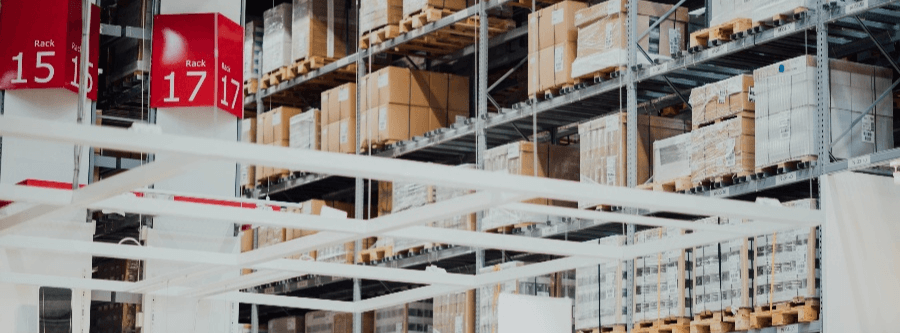The 4 core elements of supply chain management


Your supply chain efficiency and effectiveness make a massive impact on the overall success of any business. To boost your business productivity and profitability further, you need to improve and optimise your supply chain.
In our experience, successful supply chain management in South Africa and the Middle East incorporates a consolidated supply chain strategy, instead of one that has been cobbled together as your business grows.
This is mission critical, especially in burgeoning markets in regions like the UAE and Middle East - according to a 2014 Deloitte survey, 79% of businesses with high-performance supply chains outperform their competitors. See the research here.
Focusing on the core elements of your supply chain can enable you to match this kind of performance.
What are the components of your supply chain you should be focusing on right now?
A properly designed supply chain strategy, with the core elements kept front and center, will give you a host of benefits including support of your business strategy, improved customer relationships and satisfaction, and efficiency, performance, response, and quality improvements.
1. INTEGRATION
Integration starts at your strategic planning phase and is critical throughout your communications and information sharing and data analysis and storage.
A single-view, accurate, and reliable source of information on your supply chain activities and details reduces human error, delays, shortages, and over/under-stocking, and allows you to plan for and mitigate supply issues or interruptions.
Assess your technology needs, and ensure your choice gives you the right tools to integrate your full supply chain solution while being flexible enough to change and grow with your business.
2. OPERATIONS
Your operations require an accurate, real-time representation of your inventory and production schedules in order to monitor your output and forecast production and distribution patterns.
With the right software, you are able to align your operations with the rest of your business, provide accurate and reliable information on the production and current inventories for more efficient fulfillment processes.
Improve your profitability by predicting likely interruptions and challenges to reduce their impact on your business, and streamline your operational processes to facilitate a smoother, less expensive path to fulfillment.
3. PURCHASING
The right supply chain software does a great deal in terms of sourcing products in your supply chain and ensuring you are taking advantage of the most competitive pricing and most reliable products.
Demand forecasting gives you a solid and practical method of ensuring you have right product, in the right quantity, at the right time.
Keep track of suppliers, competing producers, and demand cycles, so that you can reduce your operating costs across the sourcing and purchasing process.
4. DISTRIBUTION
The transport, delivery, and return of goods is a component of your supply chain that can always be simplified, optimised, and corrected for better client service and reduced operating costs.
With varying options of stock origin, your delivery and returns process should be centralised for a real-time view of inventory, order status and stock location regardless of whether an order originated in-store or online.
See more on the finer points of Supply Chain Management, and find out how Cambridge Foods optimised their supply chain to work better for their business in our case study:
TAGS
- WMS (50)
- Warehouse Best Practice (46)
- Implementing a WMS (29)
- Managing your warehouse (19)
- Omni Channel (18)
- eCommerce (18)
- Blog (16)
- Supply Chain Best Practice (16)
- Mid-Level (8)
- Customer Journey (7)
- Warehouse optimisation (7)
- General Tips (5)
- Industry General (5)
- Information (5)
- managing your Supply Chain (5)
- saudi arabia (5)
- Trends (4)
- smart warehouse (4)
- 3PL (3)
- News (3)
- ERP (2)
- Entry-level (2)
- ROI (2)
- Case Study (1)
- OMS (1)
- Picking (1)
- Press Release (1)
- Solution-Specific (1)
- Transport Management System (1)
Take A Look At The Results Of A Successful WMS Implementation.
See how Tarsus Distribution, in collaboration with SCJ boost overall efficiency by 60%




